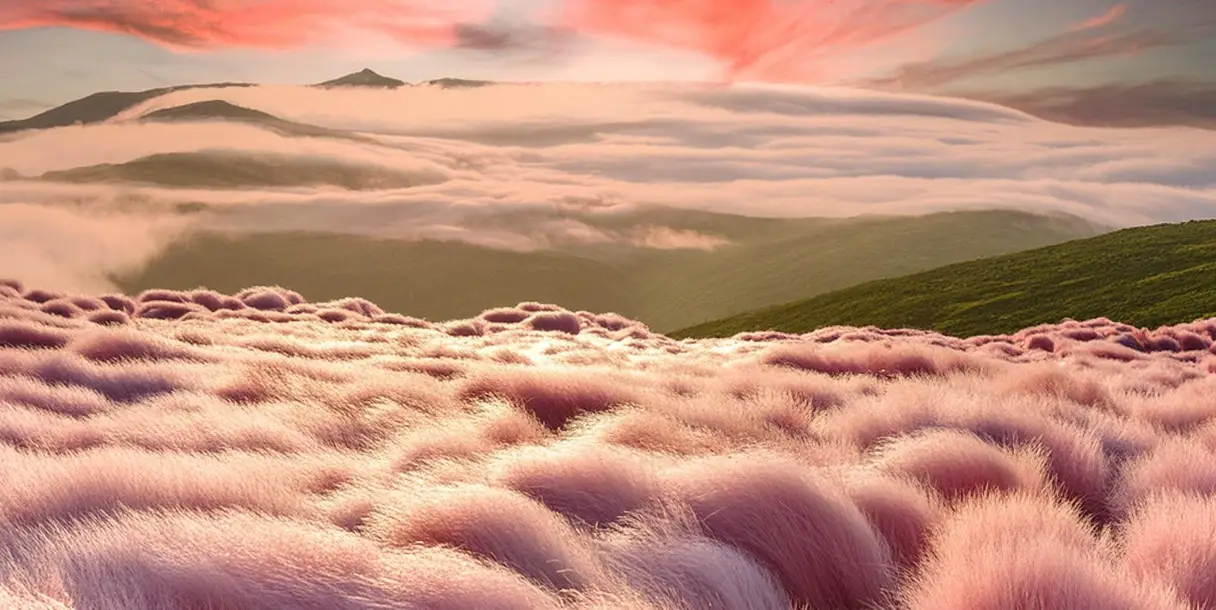Exploring Aesthetic Properties
A curious Journey
In the world of product design, aesthetics isn’t just a component—it’s the very essence of creation. As designers, we strive to merge form and function, pushing the boundaries of what is possible in terms of color, material, and overall design. This journey is driven by an intrinsic motivation to not only make things beautiful but to innovate and explore unknown paths. Let’s delve into the fascinating realm of aesthetic properties and discover new possibilities that can elevate our designs to unprecedented heights.
The Essence of Aesthetics in Design
Aesthetics in product design goes beyond mere appearance. It’s about creating products that resonate with users on an emotional level while balancing user-friendliness, performance, and manufacturability. It’s a delicate dance of elements that, when harmonized, result in products that are not only functional but also visually captivating.
Color: The Power of Perception
Color is one of the most powerful tools in a designer’s arsenal. It can evoke emotions, influence perceptions, and even affect usability. Here are a few ways to explore new possibilities with color:
- Color Psychology: Understand how different colors affect mood and behavior. For example, blue often conveys trust and calmness, while red can evoke excitement and urgency. Leveraging these insights can help create products that elicit the desired emotional response from users.
- Color Trends: Stay ahead of the curve by keeping an eye on emerging color trends in various industries. Websites like Pantone, NCS and ColourHive offer valuable insights into upcoming color palettes that can inspire your designs.
- Material Interaction: Experiment with how colors interact with different materials. The same color can look and feel entirely different when applied to metal, plastic, or fabric. This interaction can add depth and complexity to your designs.
Material: The Heart of Design
The choice of materials is crucial in industrial design. It affects not only the aesthetics but also the functionality, durability, and manufacturability of the product. Here are some ways to push the boundaries with materials:
- Sustainable Materials: Explore eco-friendly materials that not only reduce environmental impact but also add a unique aesthetic appeal. Materials like recycled plastics and bio-composites offer exciting possibilities.
- Smart Materials: Integrate materials that can change properties in response to external stimuli, such as light & temperature. These materials can add an interactive and dynamic element to your designs.
- Textural Innovation: Experiment with different textures to enhance the tactile experience of your products. Combining smooth, rough, matte, and glossy finishes can create a multi-sensory experience for users.
Merging Identity Design
Creating products that stand out in the market often involves integrating identity design, which encompasses branding, user experience, and the overall story your product tells. Here’s how you can effectively merge identity design with aesthetic properties:
- Brand Consistency: Ensure that your product design aligns with your brand’s identity. This includes the color palette, materials, and overall design language. A consistent brand identity helps build recognition and trust among users.
- Storytelling through Design: Every product tells a story. Use design elements to convey the story of your brand and product. Whether it’s through the choice of materials, the form, or even the packaging, make sure it reflects the core values and message of your brand.
- User Experience (UX): Aesthetic properties should enhance the user experience, not detract from it. Integrate design elements that not only look good but also improve usability. For example, ergonomic shapes, intuitive interfaces, and sensory feedback can all contribute to a positive user experience.
Conclusion
Exploring aesthetic properties is a never-ending journey of curiosity, innovation, and obsession. As a designers, we have the power to shape the world around us through our creations. By continuously experimenting with color, materials, and design principles, we can push the boundaries of what’s possible and create products that are not only visually stunning but also functional and meaningful.
Let your intrinsic motivation guide you as you venture into new territories, discover unknown paths, and redefine the limits of design. The future of aesthetics in design is boundless—let’s explore it together.
